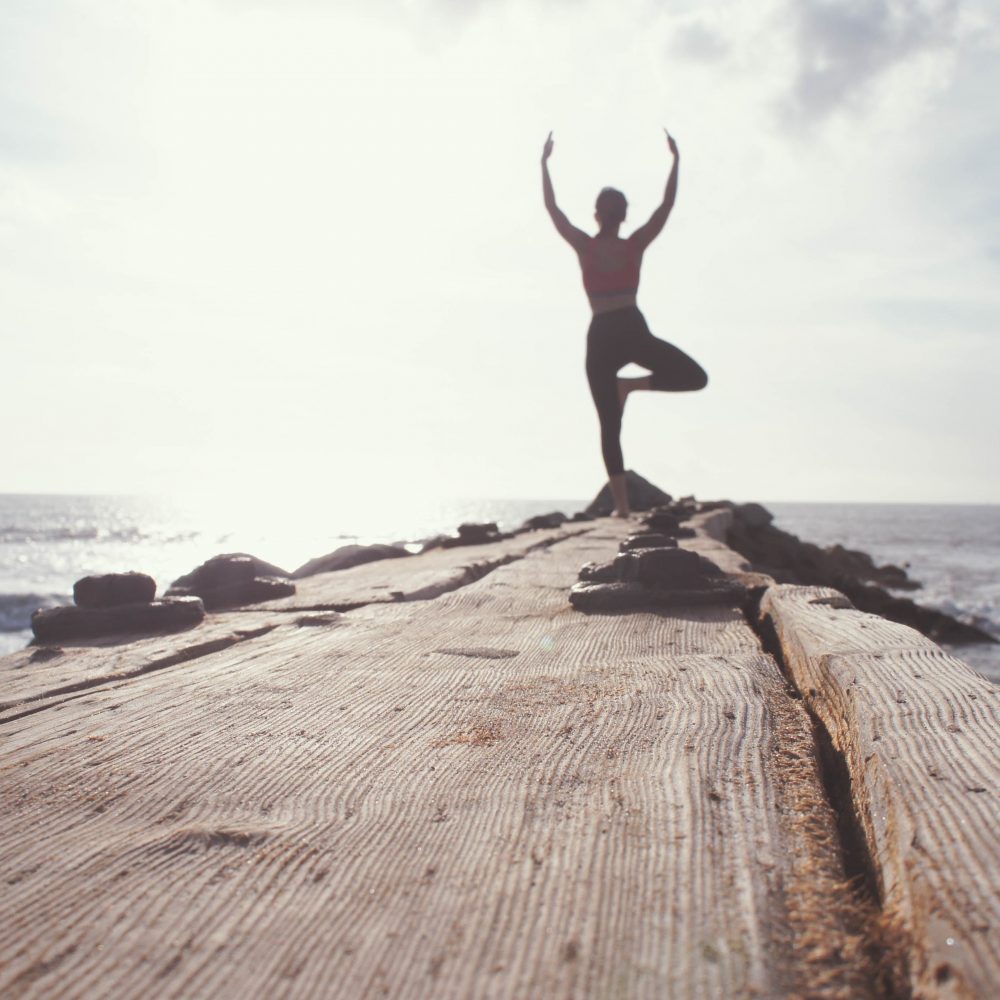
Benefits of posture in a sitting world
Good posture has many health benefits. When using correct posture you can prevent injuries, increase energy levels, improve mood, and enhance overall well-being. Physical therapists, personal trainers, coaches, and yoga instructors have probably told you in the past to keep your shoulders back or squeeze your glutes to improve your posture. While well-intended, these tips aren’t always the best advice for everyone.
Often, a therapist sees a patient that has rounded shoulders. They have the patient stretch their pectoralis muscles and strengthen the scapular muscles. These activities strengthen the wrong muscles. Unfortunately, the patient’s shoulders stay rounded but their thoracic spine becomes flat. I am still recovering myself from following this advice for years. Also, without looking at an individual person, posture advice can make someone’s posture worse than when they started.
The good news? You can utilize some tips for posture safely. The key to these tips is, instead of getting someone in the “perfect posture,” these tips help activate your postural (or anti-gravity) muscles. By activating these muscles, your body can self-correct regardless of whether or not you have a kyphosis or lordosis.
Five Steps
Tune into your body. FEELING IS ESSENTIAL to developing postural strength. Notice where you feel tightness, where you feel disengaged or weak. As we start the steps, perform them to about 30% of your capacity.
1) With your shoes off your feet and in a standing position, soften your knees. While they should look relatively straight, they should also have a slight bend that prevents your knees from locking up. (I also like to wiggle my toes here and make sure my feet and toes relax with my feet facing forwards.)
2) Imagine a string at the top of your head, pulling you up towards the ceiling so you grow an inch or two.
3) After you lift up, make sure you have a slight chin tuck. This prevents you from looking up or bringing your head forwards. If you naturally tucked your chin in step 2, you can skip this step.
4) While breathing through the sides of your rib cage, pull your pelvic floor (what you tighten when you have to go to the bathroom) and your lower abdomen in towards your body. Do not do a pelvic tilt here, just pull your stomach in.
5) Next, bring your shoulders down. Not back: just down. Tune into your abs and the top of the front of your neck. You should notice these muscles engage in this step. If you don’t, this indicates weakness of your antigravity muscles. I also notice my jaw and lower neck relax during this step.
Keep in Mind
- None of these steps should hurt. If anything does hurt, stop and contact a physical therapist to help you before starting this program.
- Hold this position for one to two minutes. When you notice your stomach start to come out, or that you can’t breathe through the sides of your ribs anymore: go ahead and relax. The fatigue you feel is likely neurological, not metabolic. You don’t, though, want to train the wrong muscles or you will learn it wrong. Therefore, stop and rest at this point. Also, your antigravity muscles will not feel pain when they fatigue like your movement muscles will. Hence, you must attend to when your body moves out alignment.
- I recommend repeating these steps for a while. Once it feels easy, the next step is to bring your shoulders out away from your body. The steps following this, do depend on your posture and require a therapist’s assessment as well as Gravity Fit tools.
Don’t forget to feel during this process. The feeling is essential to appropriate antigravity muscle engagement. Perform this activity 3-4x/day. You may notice these tips differ from other postural advice you have heard in the past. Other posture tips focus on moving your body into a certain position. The cues provided here help you activate the muscles that will correct your posture naturally. These muscles get weak during sitting and bed rest (or in outer space).
In Conclusion
Finally, you will  find that as these antigravity muscles get stronger, the tight muscles in your body start to relax. You may also find walking easier or a feeling of lightness. I find I have more energy when I do these exercises. I’m really excited to share these techniques with the world to make everyone’s day a little bit better.
find that as these antigravity muscles get stronger, the tight muscles in your body start to relax. You may also find walking easier or a feeling of lightness. I find I have more energy when I do these exercises. I’m really excited to share these techniques with the world to make everyone’s day a little bit better.